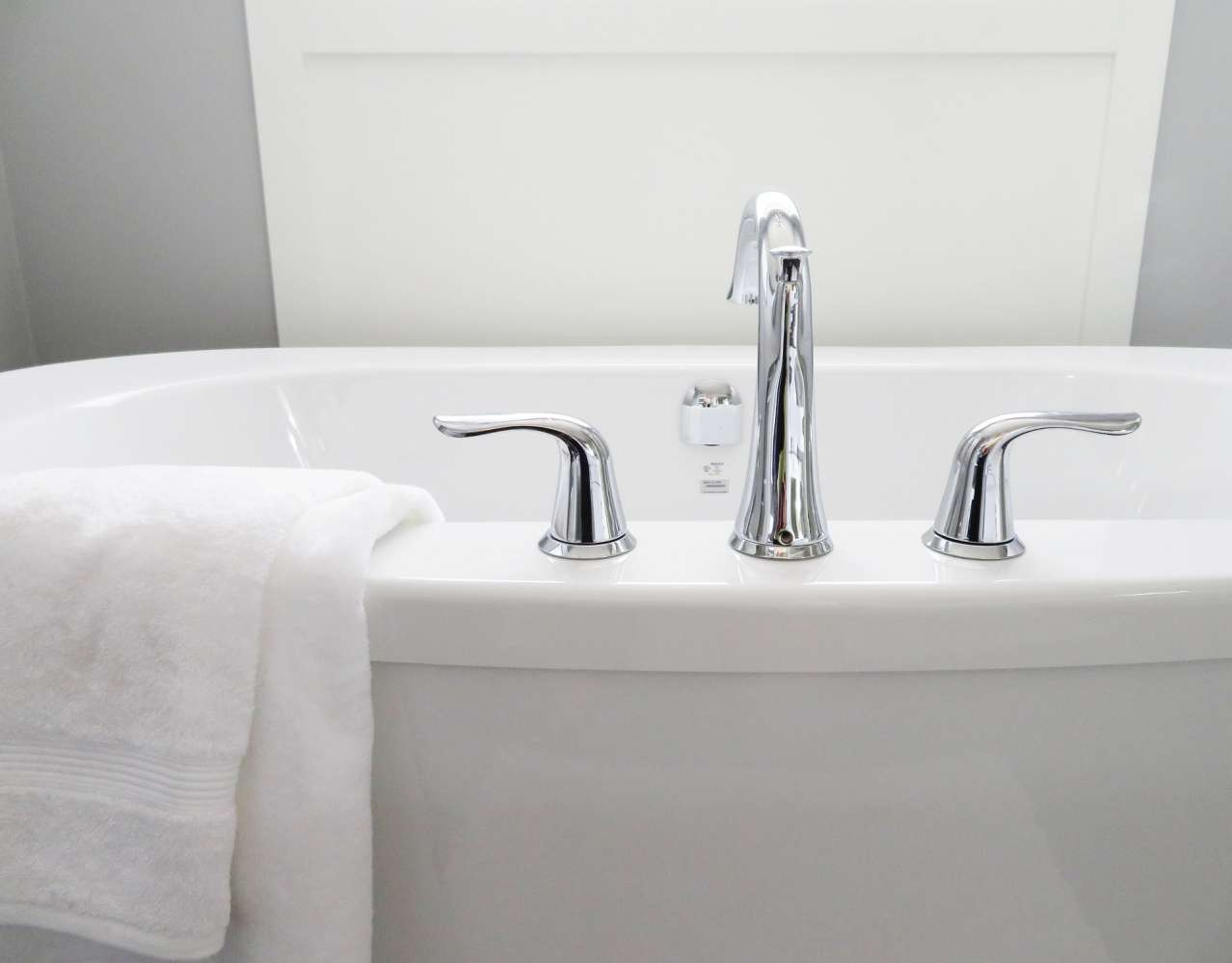The most popular materials are cast iron, acrylic and steel. Each of them has its own characteristics that require a specific approach to cleaning.
Cast iron
Cast iron is an alloy of iron and carbon that is strong and durable. Since there are no pores in its structure, the luster of enamel remains for decades.
The cast iron material is easy to maintain: just wipe the surface with a soft cloth and vinegar, soap or disinfectant solution.

To prepare it, mix 2 tablespoons of the product in a glass of water and apply the composition to the surface.
Products that contain chlorine can damage the enamel.
If the bath has rust, yellow stains and stains, apply citric acid for 10 minutes.
If yellowness appears regularly, it is most likely in the water. In this case, the filter must be installed or changed.
Sponges and brushes that are too hard can damage cast iron, so choose softer materials such as microfiber.
Acrylic
Acrylic is a modern type of material, light, less susceptible to corrosion. However, its surface is easier to scratch than cast iron. Acrylic is easy to clean.
To get rid of stains and other contaminants, it is enough to rinse the bathtub with water and wipe dry.
If plaque and stains nevertheless appear, discard household chemicals with chlorine, alcohol, and cleaning powders.
Aggressive agents spoil the integrity of the enamel, scratch and corrode the surface.
For cleaning, use delicate cloths - cellulose, microfiber - as well as soft products without abrasive particles.
Citric acid will help to cope with lime in 5 minutes. It not only eliminates plaque, but also whitens plumbing.
Steel
Baths made of steel serve up to 30 years, have a small weight. They need to be washed with soft sponges and special gels without abrasive particles.
Metal, hard brushes scratch the surface, which then quickly forms a dark coating and rust.
In addition, with improper care, the enamel loses its luster, becomes heterogeneous and rough.












